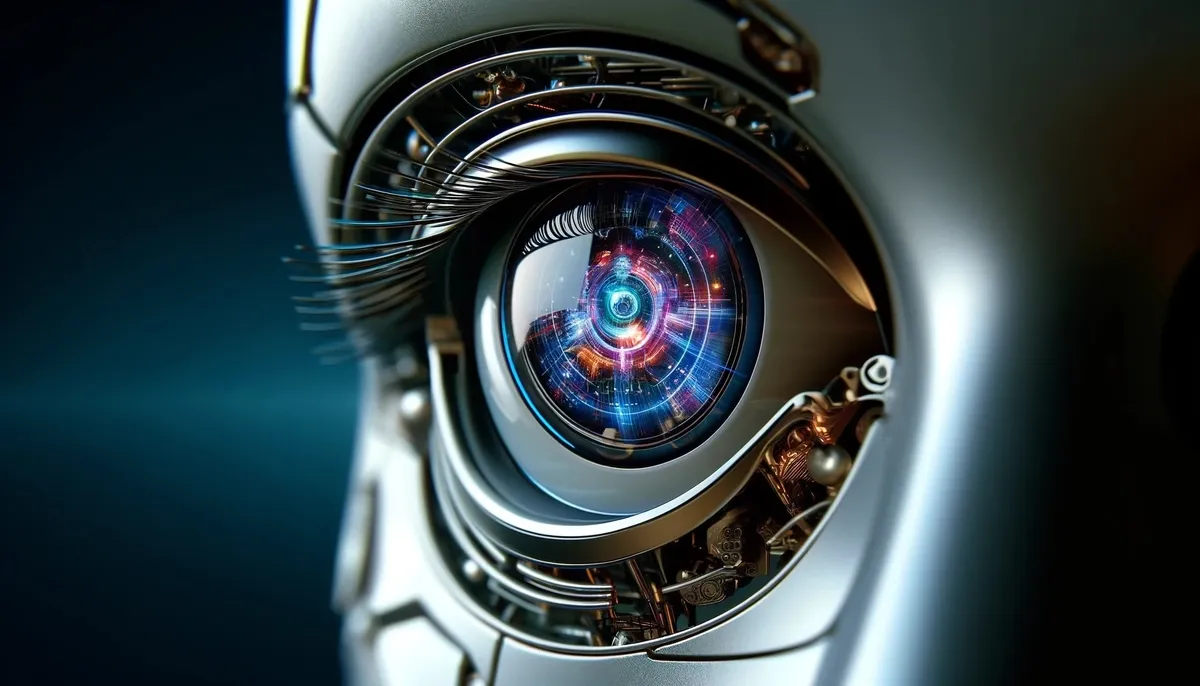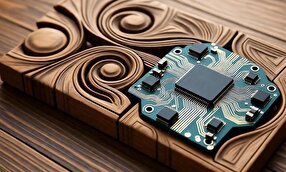Brain-Inspired AI Learns to See Like Humans in Stunning Vision Breakthrough

Known as Lp-Convolution, this method enhances the accuracy and efficiency of image recognition systems while also lowering the computational demands of traditional AI models, the SciTechDaily reported.
The human brain excels at quickly identifying important features within complex visual scenes, a level of efficiency that conventional AI systems have struggled to achieve. Convolutional Neural Networks (CNNs), the most commonly used models for image recognition, analyze images using small, fixed square-shaped filters. While effective to a degree, this design limits their ability to detect wider patterns in fragmented or variable data.
Vision Transformers (ViTs) have more recently outperformed CNNs by evaluating entire images simultaneously. However, their success comes at a cost, they require enormous computing power and vast datasets, making them less feasible for practical, large-scale deployment.
Inspired by how the brain’s visual cortex processes information selectively through circular, sparse connections, the research team sought a middle ground: Could a brain-like approach make CNNs both efficient and powerful?
To answer this, the team developed Lp-Convolution, a novel method that uses a multivariate p-generalized normal distribution (MPND) to reshape CNN filters dynamically. Unlike traditional CNNs, which use fixed square filters, Lp-Convolution allows AI models to adapt their filter shapes, stretching horizontally or vertically based on the task, much like how the human brain selectively focuses on relevant details.
This breakthrough solves a long-standing challenge in AI research, known as the large kernel problem. Simply increasing filter sizes in CNNs (e.g., using 7×7 or larger kernels) usually does not improve performance, despite adding more parameters. Lp-Convolution overcomes this limitation by introducing flexible, biologically inspired connectivity patterns.
In tests on standard image classification datasets (CIFAR-100, TinyImageNet), Lp-Convolution significantly improved accuracy on both classic models like AlexNet and modern architectures like RepLKNet. The method also proved to be highly robust against corrupted data, a major challenge in real-world AI applications.
Moreover, the researchers found that when the Lp-masks used in their method resembled a Gaussian distribution, the AI’s internal processing patterns closely matched biological neural activity, as confirmed through comparisons with mouse brain data.
“We humans quickly spot what matters in a crowded scene,” said Dr. C. Justin LEE, Director of the Center for Cognition and Sociality within the Institute for Basic Science. “Our LP-Convolution mimics this ability, allowing AI to flexibly focus on the most relevant parts of an image, just like the brain does.”
Unlike previous efforts that either relied on small, rigid filters or required resource-heavy transformers, Lp-Convolution offers a practical, efficient alternative. This innovation could revolutionize fields such as:
Autonomous driving, where AI must quickly detect obstacles in real time
Medical imaging, improving AI-based diagnoses by highlighting subtle details
Robotics, enabling smarter and more adaptable machine vision under changing conditions
“This work is a powerful contribution to both AI and neuroscience,” said Director C. Justin Lee. “By aligning AI more closely with the brain, we’ve unlocked new potential for CNNs, making them smarter, more adaptable, and more biologically realistic.”
Looking ahead, the team plans to refine this technology further, exploring its applications in complex reasoning tasks such as puzzle-solving (e.g., Sudoku) and real-time image processing.
4155/v





















